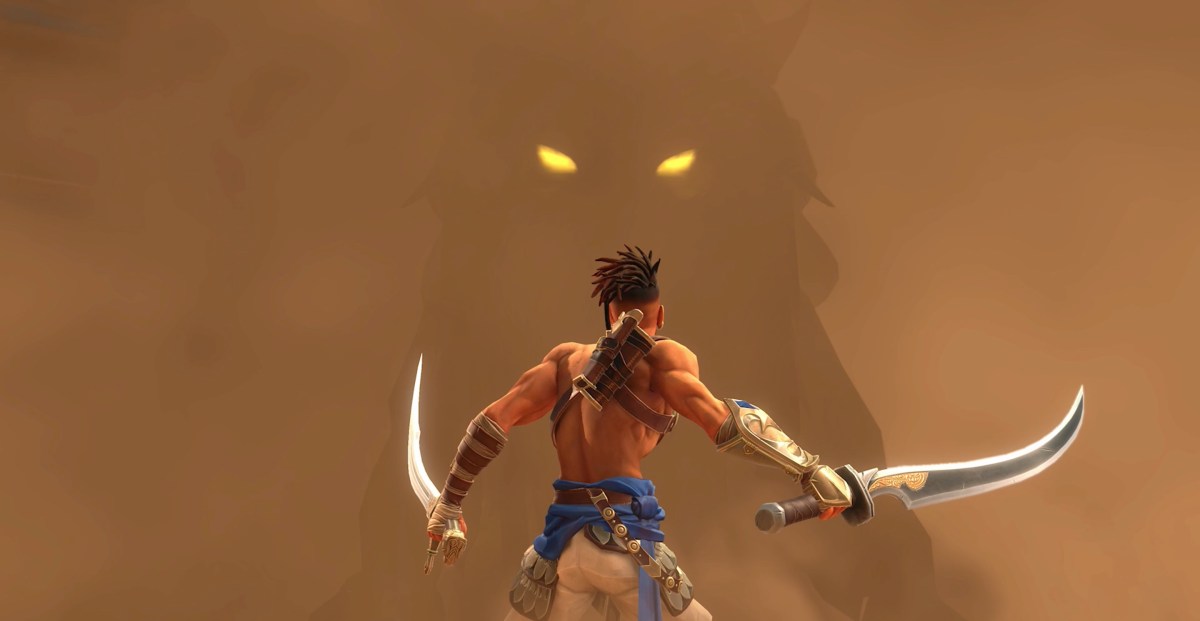Prince of Persia: The Lost Crown developer wins Game Awards

Prince of Persia: The Lost Crown designed to be difficult. It’s also designed from the ground up to be affordable. These things are not contradictory. Ubisoft Montpellier integrated accessibility features into every part of the game from the start; No teams have been assigned to do the work, senior game designers Christophe Pic and Remi Boutin previously told Polygon. Prince of Persia: The Lost CrownThe company wins “Innovation in Accessibility” at The Game Awards 2024. Call of Duty: Black Ops 6, Diablo 4, Dragon Age: Guardian of the Veiland another Ubisoft game Star Wars Outlaws, Prince of Persia: The Lost Crown The team set a new standard for accessibility in the brutal metroidvania genre – and were rewarded for it.
“Some developers might worry that accessibility can dilute the strengths of your game, and I think it’s the opposite with all of our special features,” Boutin told Polygon in a pre-show interview. “We’re allowing more players to enjoy exploration, more players to enjoy combat. And at the end of the day, when we read the reviews, the game was still considered very, very difficult.” This feeling comes from the nature of the game and its controls; What is unique about it is the feeling of freedom and fluidity of movement. “Our controls are instantly fun and make the game easy to learn but challenging to master,” said Senior Producer Abdelhak Elgess.
Prince of Persia: The Lost Crown was released in January and became an immediate hit with critics, and was the first major Prince of Persia game since 2010. Prince of Persia: The Forgotten Sands. There was a lot of pressure to get the game right. “We started with DNA first because when you attack such a big brand you have to respect it, but we also wanted to surprise our players.” Prince of Persia: The Lost Crown Game director Munir Radi told Polygon.
Prince of Persia: The Lost Crown does have many of the features players have come to expect from games, such as multiple difficulty options, subtitles, and aim assist. But where is Ubisoft? Prince of Persia: The Lost CrownAccessibility shines brightest in how the development process—with accessibility built into every step—has enabled developers to innovate. Boutin pointed to this process as the clear reason for some options, such as the high contrast switch. In a first for Ubisoft, High Contrast mode affects colors and contrast. One developer noted that during cutscenes, this mode spoiled some plot details, such as when an enemy became an ally. (All pieces of data in Prince of Persia: The Lost Crown marked internally so that such a mode can be applied correctly to different resources.) The developer then added the ability to turn off the cinematic effects toggle to prevent players from ruining themselves. “Details like that have to do with the fact that everyone was involved in accessibility,” Boutin said.
A big thrill from a Metroidvania game like Prince of Persia: The Lost Crown This is intelligence. The team wanted players to feel lost, but not too lost. And so the team developed a guided mode to help with this. “It was a little difficult because we wanted the player to get lost,” Peake said. “It’s important because it has to do with intelligence. We want the player to explore the world on their own and find everything – both treasures and shortcuts. We designed Guided Mode to help players who aren’t used to using the map all the time, like you are when playing a Metroidvania game. The main objectives are indicated on the map, but the path to them still depends on exploration.

Image: Ubisoft Montpellier/Ubisoft
“We kept the essence of the thrill of exploration,” Boutin added. “We know that some players quit some games because they hate getting lost, but they miss the feeling of exploration. This is what motivated the creation of the screenshot marker.”
Screenshot markers in Prince of Persia: The Lost Crown are called memory shards, which allow players to take screenshots and attach them to the map – it’s like writing something down in a journal, but right on the screen. Boutin had already been thinking about how photo mode could be used in gameplay, and when the Ubisoft team implemented their prototypes, it just worked, albeit with some limitations. (Boutin added that the screenshot feature was initially more complex, and took some time and iteration to get it to the final version.) “It was a good way to keep the player active in observing the world,” Peake said. .
According to Boutin and Peak, the biggest lesson learned during development was the importance of distributing accessibility features throughout the game by default, as part of the initial design process involving all developers. The team was somewhat reticent about this at first, but everyone agreed once they saw how the process worked; everyone contributed. To be nominated for this award among other games with innovative design (Butin specifically named Diablo 4screen handles)—and then victory—is a reminder that the process is working.
Although the Ubisoft team that worked on Prince of Persia: The Lost Crown was disbanded and he moved on to projects such as Ghost Recon, Rayman and Beyond Good and Evil 2team members take immense pride in the work they create. Radi confirmed to Polygon that Prince of Persia: The Lost Crown sold over 1 million copies, but an October report from Insider Gaming stated that the game failed to meet Ubisoft’s internal expectations.
“To be honest, Ubisoft and I have had a difficult year,” Radi said. “Every month is a new problem. But with these nominations, this is our way of showing what kind of game we can achieve if we work together and work from our hearts.”

